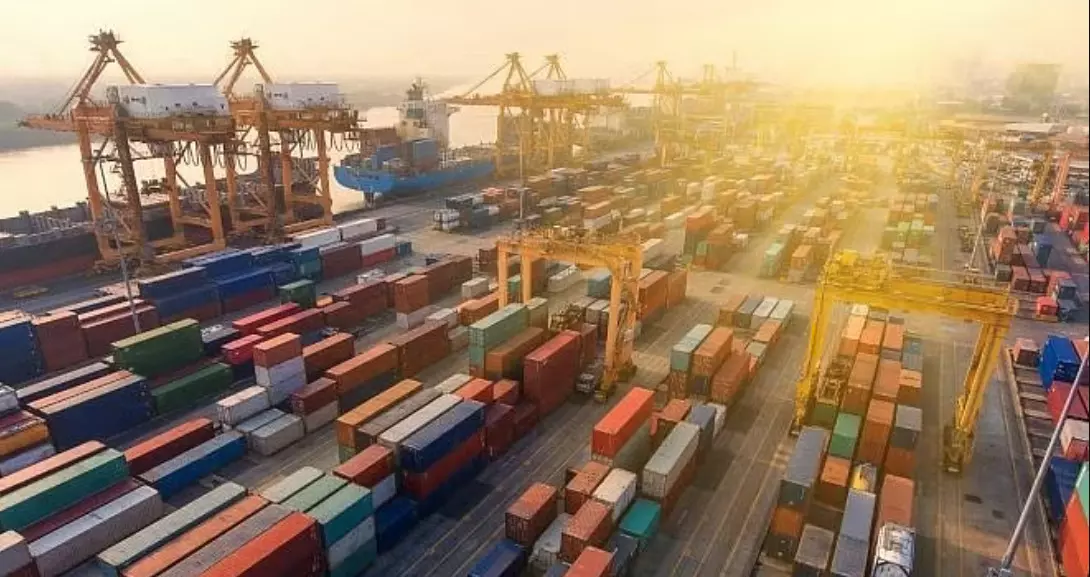A Concerning Drift

India’s abrupt decision to shut down all land ports for export of apparel from Bangladesh has come as a disruption—imperative or otherwise—in the trade equation of the two South Asian nations that have always dealt with each other in amicable terms. Announced via a notification from the Directorate General of Foreign Trade (DGFT), the move appears to be as much about timing and symbolism as it is about trade policy. For a sector in which 93 per cent of exports were moving through northeastern land ports, this sudden shift has sent ripples across businesses on both sides of the border. On the surface, these curbs are described by some as non-tariff barriers. For Bangladesh, trade in garments serves as an economic lifeline—making up nearly USD 700 million in annual exports to India. With this new restriction in place, exporters will now face longer shipping times and higher transport costs—as trade through certain sea routes is still permissible. This, in effect, will result in a kind of rerouting. Furthermore, Indian retailers who rely on just-in-time inventory, especially in fast fashion, could also feel the pinch through delayed deliveries and empty store shelves for the time being. It must be understood here that what’s playing out is not just a logistical reroute; it is rather a disruption with real economic consequences.
But trade, as always, is entangled with politics and diplomacy. Bangladesh had earlier imposed its own restrictions, including a ban on Indian cotton yarn in April and sporadic curbs on rice imports. Add to this a recent diplomatic shift under interim head Mohammed Yunus, who irked New Delhi by calling India’s Northeast “landlocked” while courting Chinese access, and the picture becomes clearer. India’s move, thus, is apparently a calculated pushback—signalling that it is in no mood to tolerate being strategically sidelined or economically short-changed. Furthermore, India’s move also aligns with its broader goals, including the Act East policy and the Atmanirbhar Bharat mission. India, it seems, is now more resolute to harness the internal market in the northeast. The Indian leadership has already made it amply clear that the Northeast is not just a forgotten frontier, but a vital node in India’s connectivity and trade networks, particularly through platforms like BIMSTEC. By blocking access through northeastern land ports, India is making a pointed statement—that the region is not a one-way street for exports, but a strategic corridor demanding balanced reciprocity.
However, while the strategic logic might hold well for India, the economic fallout on the ground level is hard to ignore. In Bangladesh, exporters from garments to furniture makers are voicing concerns over the sudden change. On the Indian side too, small and medium enterprises in border states that depend on steady cross-border trade are expected to face disruptions. It must not be lost upon both the neighbours that they have stood as dependable bulwarks for each other for a long period of time. Speculations are that Bangladesh, under the interim government led by Md Yunus, is drifting towards Pakistan—against which it gained freedom with the help of India! While Bangladesh must weigh its options carefully, India, too, needs to play with a soft hand, so as to not spoil economic-strategic relations with its trusted neighbour.
To be fair, essential goods like LPG, fish, and edible oils are not affected. Nor is Bangladesh’s trade with Nepal and Bhutan that transits through Indian states. But the message is loud and clear: if Dhaka wants continued privileged access to India’s vast market, it must reconsider some of its recent trade and foreign policy choices. That said, India must balance assertiveness with caution. Strategic signalling is important—but so is regional stability and long-term economic cooperation. A prolonged standoff could damage the very foundations of Indo-Bangladesh integration. What’s needed now is dialogue, trade committees, bilateral talks, and a roadmap that ensures fairness without disruption. It is time for cooperation.



